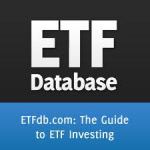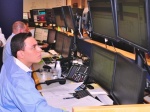C ourtesy of Tom-Steinert-Threkeld
ourtesy of Tom-Steinert-Threkeld
Nasdaq OMX Group plans to re-launch its PSX exchange as a “better trading venue” for exchange-traded funds, notes and other related products, as early as next month.
The exchange will execute trades in all National Market System securities, but will give special incentives to retail and institutional investors to participate as well as special benefits to firms that register as market makers, committing to make continuous two-sided quotes on exchange-traded products.
Neither a filing with the Securities and Exchange Commission nor a Nasdaq official with its Transaction Services division describe the incentives that will be given to investors to place orders on PSX nor the benefits that will be provided market makers.
“The unique features that will make PSX compelling we can’t go into today,’’ the Transaction Services executive said Tuesday afternoon. “We are keeping that under our hats for a couple weeks.”
Nasdaq OMX PHLX, the formal name of the exchange, filed a document dated March 8, 2013, describing its plan to changeover PSX to an exchange that “in all material respects” has rules for handling buy and sell orders that mirror those at Nasdaq OMX’s other two exchanges.
These are the Nasdaq Stock Market, which handles about 16.5 percent of all equities trading in the United States, and Nasdaq BX, which has as its differentiating factor the payment of rebates to market participants who remove liquidity from its market.
The move to match rules among all three Nasdaq exchanges means that orders at PSX will be handled in what is known as price-time priority. This favors the speed at which orders arrive. Continue reading











